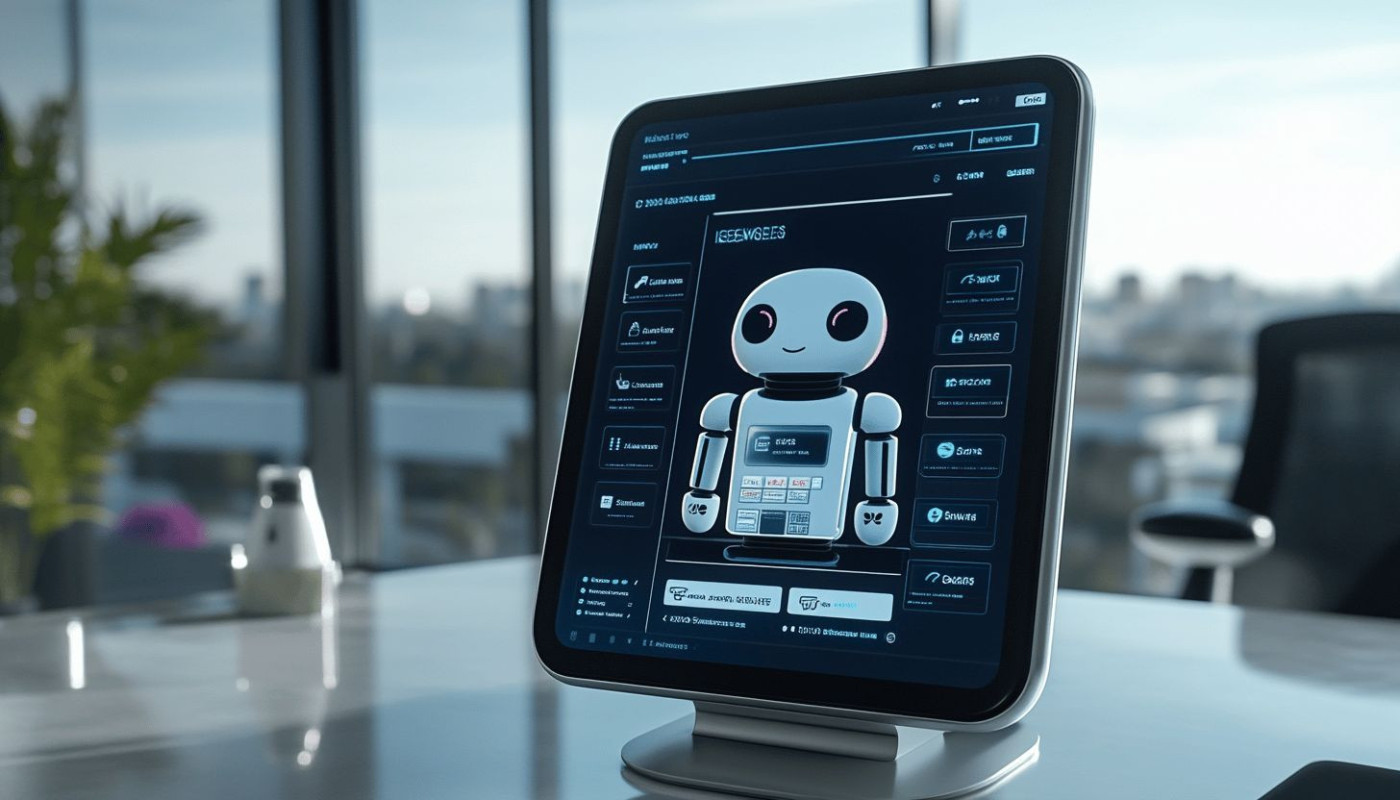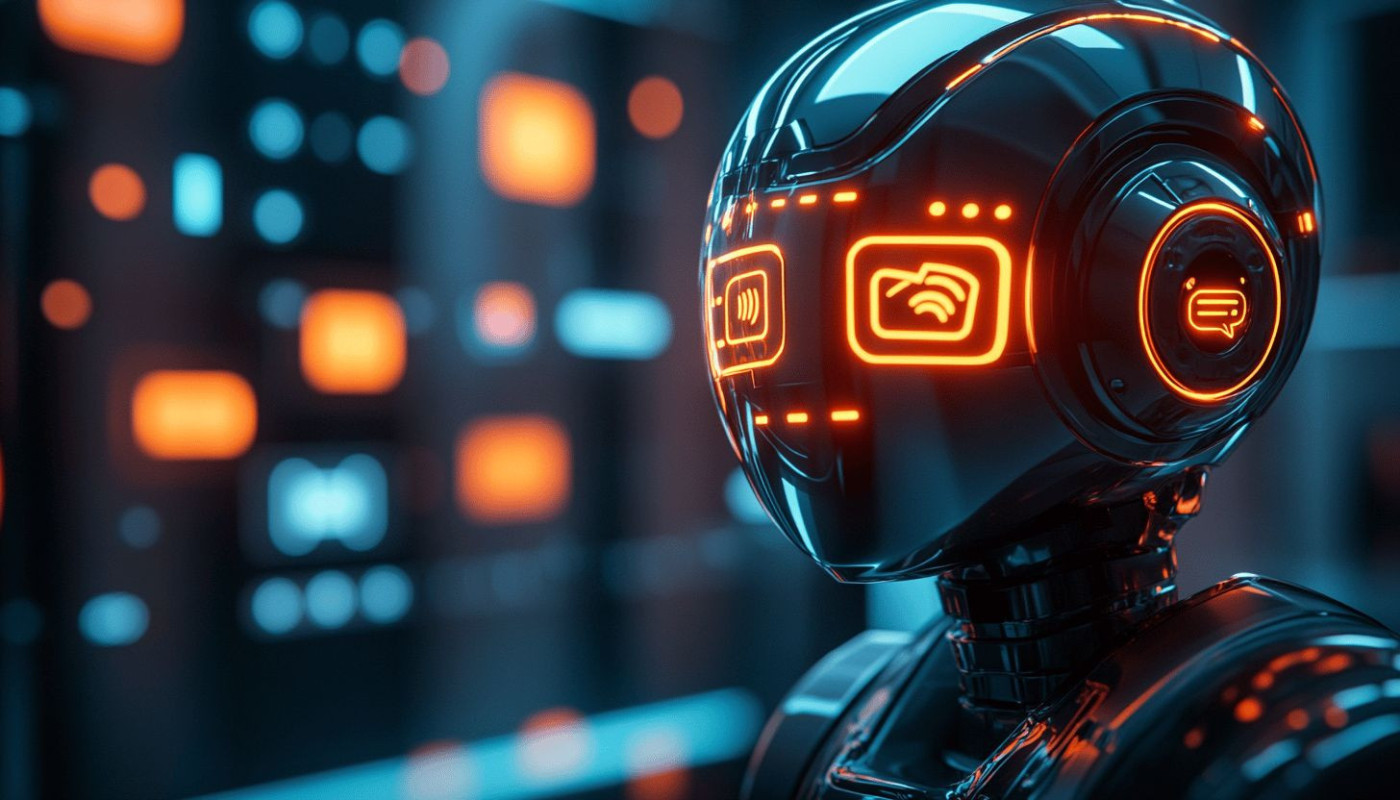Table of contents
In an era where digital communication is ubiquitous, the efficiency and effectiveness of chatbots have become a focal point for businesses and users alike. The intersection of user experience (UX) design and chatbot technology holds the key to creating seamless, enjoyable, and productive interactions. This exploration into the impact of UX design on chatbot effectiveness invites readers to delve into the aspects that elevate a chatbot from a mere program to an engaging conversational partner, transforming the user's journey.
Understanding UX in Chatbot Interactions
The core principles of UX design revolve around optimizing interactions between users and products to enhance satisfaction and usability. When applied to chatbot interfaces, these principles are pivotal in shaping the user journey—a path the user navigates from the initial engagement to the completion of their objective. An intuitive design is paramount in this context as it directly influences the bot's usability, enabling users to interact with the chatbot seamlessly and with minimal cognitive load. Cognitive load refers to the amount of mental processing power required to use the chatbot, and effective UX design aims to reduce this, simplifying the experience.
UX design is integral in guiding users through problem-solving dialogues with chatbots. By anticipating user needs and expectations, UX designers can craft chatbot interactions that feel natural and efficient. Aligning the chatbot’s conversational flow, prompts, and responses with established user expectations is key to fostering effective communication. In essence, the UX design of a chatbot is not just about aesthetics; it's about creating a user-centric interface that facilitates an effortless exchange of information, ensuring that the chatbot serves as a helpful assistant rather than a hindrance to the user’s goals.
The Role of Personalization in Chatbot UX
Personalization is becoming increasingly vital in the realm of chatbot user experience (UX). Users are no longer satisfied with one-size-fits-all solutions; they seek interactions that are molded to their preferences and behaviors. A chatbot's ability to remember past interactions and provide tailored responses is not merely a nice-to-have feature—it's a significant factor that can elevate the level of user engagement and satisfaction. By employing Machine Learning algorithms, chatbots can analyze user data to understand and predict user needs, delivering an experience that feels more human and less robotic.
While personalization can lead to a more engaging user experience, it's important to maintain a delicate balance with privacy concerns. Users want to feel understood, not spied upon. Hence, a well-designed chatbot should handle user data responsibly, ensuring that personalization enhances the service without compromising privacy. When this balance is achieved, the result is a more effective chatbot that resonates with users on a personal level, encouraging repeat interaction and fostering a sense of loyalty. For tailored advice on creating such a user-centered chatbot experience, advice from experts can be instrumental in navigating the complexities of UX design.
Visual Design and Chatbot Effectiveness
The incorporation of visual elements in chatbot UX design, such as avatars, typography, and color schemes, plays a pivotal role in shaping user perceptions and interactions. These components not only enhance the overall appearance but also influence user retention and trust in the technology. The concept of Aesthetic Usability Effect suggests that aesthetically pleasing designs are often perceived as more user-friendly, encouraging better engagement with the chatbot. Consequently, a chatbot that presents a visually attractive interface is likely to be seen as more credible and trustworthy, thus fostering a stronger user-chatbot relationship.
Furthermore, the significance of a coherent interface cannot be overstated. A chatbot that displays a visually cohesive design, aligning with the conversational tone, creates a seamless experience for users. Whether the chatbot's tone is professional, casual, or playful, the visual design should complement it, ensuring that the user feels at ease during the interaction. Properly executed typography, choice of colors, and character design for avatars can collectively establish a chatbot's personality, making interactions not only more enjoyable but also more effective in achieving the desired outcomes.
Measuring Chatbot UX: Metrics and Feedback
In the realm of chatbot development, determining the efficacy of a User Experience (UX) design requires a close examination of distinct Key Performance Indicators (KPIs). User satisfaction stands at the forefront of these metrics, often gauged through direct surveys or inference from user interactions. Retention rates track the percentage of users who return after their initial experience, serving as a barometer for the chatbot's long-term appeal and utility. Additionally, error frequency is scrutinized to identify how often users encounter issues, which reflects the chatbot's ability to understand and process requests efficiently.
Beyond quantitative analysis, user feedback emerges as a pivotal element in refining chatbot experiences. This qualitative data provides nuanced insights into the user's journey, highlighting areas for improvement that numbers alone might not reveal. Methods for collecting this invaluable feedback include follow-up questions post-interaction, feedback buttons during the conversation, and invitation to participate in more comprehensive surveys. Implementing this feedback is an iterative process, where chatbot designers make incremental improvements to enhance user satisfaction, boost retention rates, and minimize error frequency, ultimately creating more engaging and effective chatbot interfaces.
Challenges and Future Directions in Chatbot UX
Chatbots, driven by Conversational AI, are becoming increasingly sophisticated, but they face significant challenges in delivering a seamless user experience. One of the primary hurdles is maintaining context during interactions. Users expect chatbots to follow along with a conversation just as a human would, remembering past inquiries and responses. Furthermore, deciphering nuanced human communication adds another layer of complexity. The subtleties of tone, emotion, and colloquialisms often elude the rigid programming of current chatbot technologies. Scalability is another obstacle; as businesses grow, their chatbots must be able to handle an expanding scope of queries without a decline in performance. Looking ahead, advancements in natural language processing (NLP) and the integration of predictive analytics stand as promising solutions. Enhanced NLP algorithms hold the potential to greatly improve a chatbot's understanding of complex language and context, leading to more fluid and lifelike conversations. Predictive analytics can enable chatbots to anticipate user needs and provide more proactive assistance, further elevating the user experience. As these technologies evolve, they will play a pivotal role in overcoming current limitations and setting new benchmarks for chatbot UX.
Similar articles

How To Choose The Best Mobile Booster For Office Efficiency?

Best Practices For A Seamless Kubernetes Cluster Upgrade

How To Craft Your Ideal AI Companion For Daily Interaction?

Ensuring Business Continuity During A Kubernetes Cluster Upgrade

How Does An ESIM Simplify Your Mobile Data Needs While Traveling In Europe?

How Small Businesses Can Leverage A Chatbot Builder To Improve Customer Service

How Small Businesses Can Benefit From Using A Chatbot Builder

Exploring The Impact Of Jurisdiction Choice On Crypto Licensing Success

How To Choose The Right Chatbot Builder For Your Business Needs

How Choosing The Right Chatbot Builder Enhances Customer Service

Advancing AI Prompt Design For Enhanced Creative Outputs

Exploring The Future Of Multi-channel Chatbots In Customer Service

The Evolution And Future Of Conversational AI In Customer Service

How To Build A Chatbot Without Coding Skills In Under 10 Minutes

Understanding The Emotional Stages Of Breakup And How To Navigate Them

How AI-driven Chat Platforms Revolutionize Customer Interactions

Exploring The Future: How Free AI Tools Are Shaping Industries

How Integrating Chatbots Can Transform Customer Service Efficiency

Enhancing Customer Engagement With Advanced QR Code Features

Step-by-step Guide To Diagnosing Connectivity Issues With Online AI Tools

